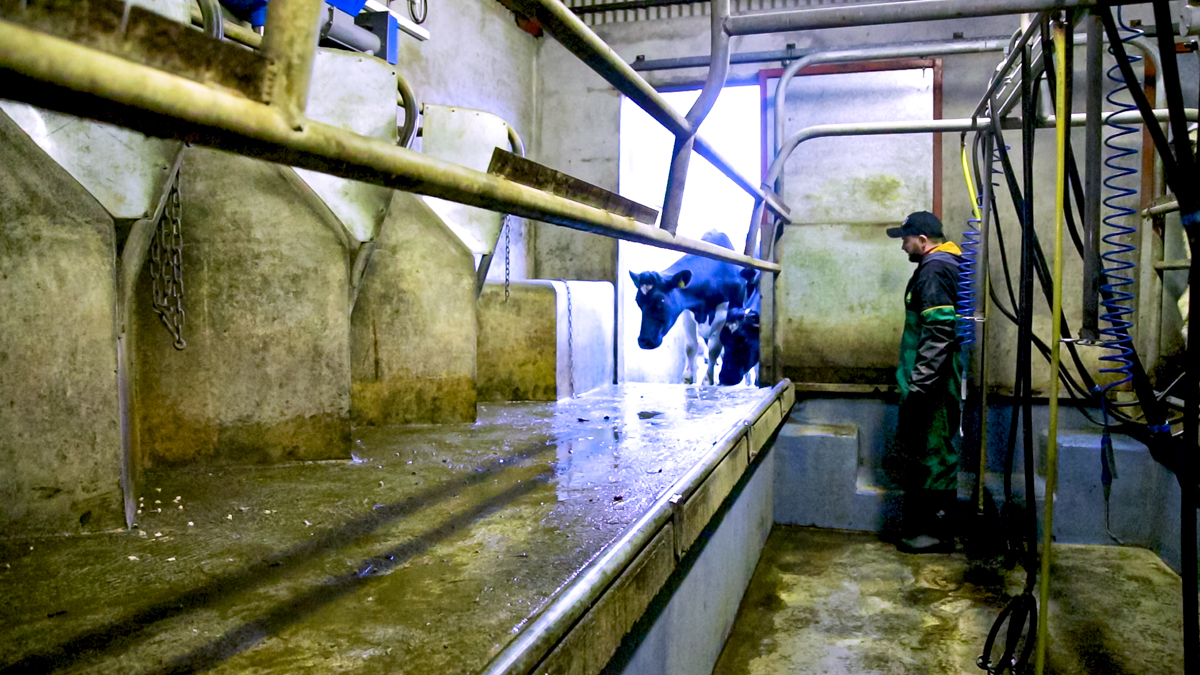Dairy farm profits doubled in the milk year to 2021/22 and are set to continue improving this year – although soaring input costs remain a concern to all producers.
Farm accountant Old Mill unveiled its annual milk cost of production report at the Dairy Show on October 5.
It shows that average comparable dairy farm profits among its clients increased to £371/cow in the year to March 31, 2022, driven by a combination of slightly firmer milk prices and lower production costs.
“The year ending March 31, 2022 seems a long time ago,” says Dan Heal, rural accountant at Old Mill.
“There have been a lot of changes since then, but from these times of market volatility taking a reflective look at business performance has never been more critical.”
Milk income in 2021/22 increased by £80/cow, year-on-year, with modest price increases offset by lower yields, driven by a desire to reduce production costs.
“Good forage growing conditions meant a plentiful supply of high quality forage, leading to lower concentrate feed rates.”
Dairy farm herds
“The grazing season lasted well into the autumn, shortening the winter housing period.
“As a result, variable costs related to labour, bedding, power and machinery all fell.”
Even so, there remained a marked difference between the top and bottom 10% of producers, with the gap widening by £137 to £1,234/cow.
Production costs were £693/cow lower among the top 10%, mainly attributed to feed, labour, power and machinery.
“There is a high focus on efficiency for the top 10% of herds. In contrast, more work is being done in a less efficient manner among the bottom 10%, which is not generating a return.”
However, much of this could be attributed to less efficient setups, likely requiring investment to change.
Although the top 10% of herds were larger, at 287 cows versus 188 cows, there were a variety of systems and calving patterns in both groups, showing that efficiency relies on the farmer not the system, he added.
Milk prices
“Inflation has hit the dairy sector hard over the last six months, especially as milk supply is finely balanced,” said Heal.
These rising costs and strong cull cow prices have led to more cows exiting the herd; the average herd size fell from 269 in 2020/21 to 250 last year and a forecast 235 in 2022/23.
Average feed costs are predicted to increase by £46/cow as prices rise and concentrates are fed to replace forage shortfalls.
“Cost increases are steadily coming through as fixed contracts for energy, feed and fertiliser come to an end, but the full effect will not be seen until the 2023/24 year.”
Combined with higher fertiliser prices, the overall cost of production is set to jump by £259/cow to £2,559/cow this year.
However, milk income is set to increase by £791/cow to £3,102 due to higher milk prices, despite a forecast drop in yield to 6,600L as the summer drought impacted both milk and forage production.
Non-milk income is expected to fall marginally to £350/cow as calf prices ease, leaving a comparable farm profit of £893/cow.
“This is the fourth year in a row that average profits in excess of £100/cow have been achieved,” said Heal.
“Now is time to focus on building balance sheets to make up for the lean years and build future resilience. This is particularly relevant with the cost increases that are around the corner.”

